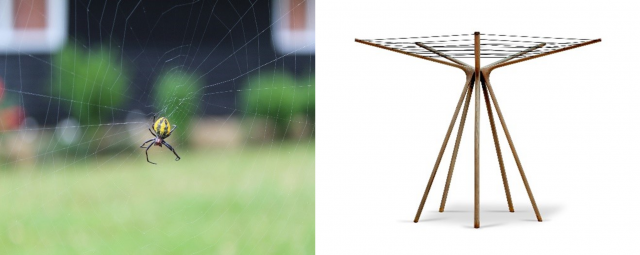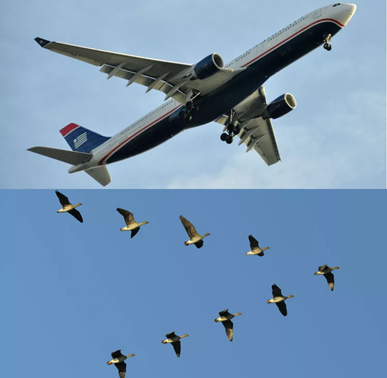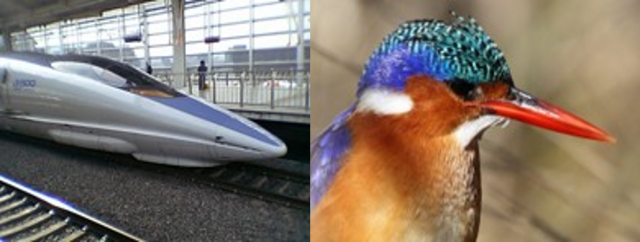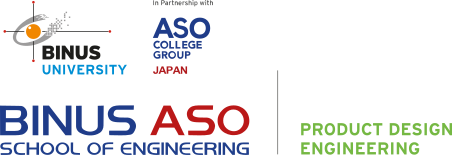Exploring Biomimicry in Product Design: Nature-Inspired Innovation
Biomimicry, a term derived from "bios" (life) and "mimesis" (to imitate), refers to the practice of drawing inspiration from nature to solve human problems and improve designs. In product design, biomimicry has emerged as a powerful tool for creating innovative and sustainable solutions. This approach involves observing and emulating biological systems, processes, and patterns to develop products that are not only efficient but also environmentally friendly.
Learning from Nature's Design:
Nature has perfected its designs through millions of years of evolution, resulting in efficient and sustainable solutions to various challenges. Product designers are increasingly turning to nature for inspiration, studying the forms, structures, and functions of organisms to enhance their creations.
For instance, the structure of spider webs has inspired clothes-drying products, incorporating stronger and lighter materials to enhance space effectiveness and efficiency.

Photo by Deco Kogoya on Unsplash and Washing lines from Skagerak, designed by Anders Brøgger
Birds have increased their flight range by over 70 percent through the utilization of the V-shape. Scientists have found that when a flock adopts the well-known V-formation, each bird contributes to an updraft when flapping its wings, lifting the bird behind it. As each bird takes its turn, they collectively enhance the stroke, aiding in the flight maintenance of the entire flock. This principle is applied in the design of aircraft wings.

Photo: Kevin Burkett/Flickr; Ana Gram/Shutterstock
Sustainable Material Innovation:
Biomimicry extends to the creation of sustainable materials by replicating nature's efficiency. By imitating the processes found in ecosystems, designers can develop materials that are biodegradable, recyclable, and have a minimal environmental impact. For example, developing biomimetic materials like bio-based plastics or self-healing polymers draws inspiration from the regenerative capabilities observed in living organisms.

Photo: cpreiser000,Stocksnapper/Shutterstock
Energy Efficiency Inspired by Nature:
Nature has mastered energy efficiency in countless ways, and this knowledge is being applied to improve energy usage in product design. Innovations inspired by photosynthesis, for instance, aim to harness solar energy more efficiently. Additionally, the movement and flow patterns observed in nature, such as those in schools of fish or flocks of birds, are being emulated to optimize the efficiency of transportation and logistics systems.
Adaptive and Responsive Systems:
Biomimicry in product design also focuses on creating adaptive and responsive systems that can adapt to changing conditions. Nature provides numerous examples of organisms that can respond to environmental stimuli, and this concept is being integrated into products for improved functionality. For instance, buildings with facades that mimic the ability of plant leaves to open and close based on sunlight can enhance energy efficiency by regulating temperature and light exposure. The Eastgate Centre in Zimbabwe, designed with a ventilation system inspired by termite mounds, significantly reduces energy consumption for cooling.

Photo: https://livinspaces.net/, https://en.wikipedia.org/
Challenges and Opportunities:
While biomimicry offers exciting possibilities for innovation, it also presents challenges. Translating complex biological processes into practical and efficient product designs can be intricate. Collaboration between biologists, engineers, and designers is crucial to overcoming these challenges and unlocking the full potential of biomimetic solutions.
Biomimicry in product design represents a promising avenue for sustainable and innovative solutions. By learning from the intricate designs and problem-solving mechanisms found in nature, designers can create products that are not only functional but also environmentally conscious. As we continue to face challenges in resource management and environmental impact, biomimicry stands as a beacon of inspiration, guiding us toward a more harmonious coexistence with the natural world.

The streamlined design of the Shinkansen 500 Series (left), mimics the beak of a Kingfisher bird (right) to improve aerodynamic
Photo: https://en.wikipedia.org/


Comments :